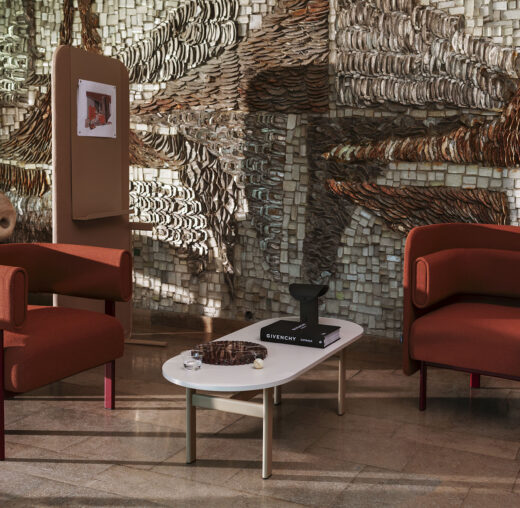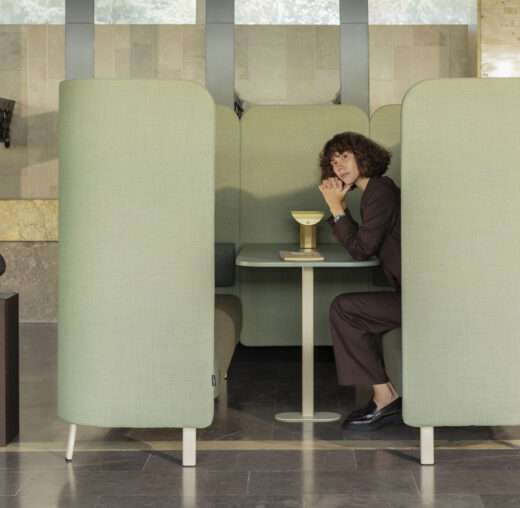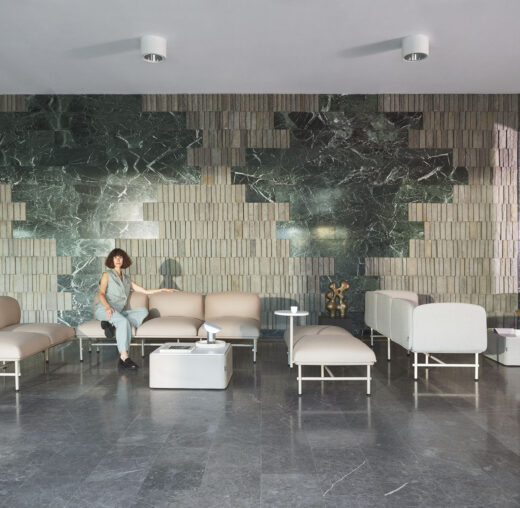In recent years, sustainable design has become a key focus in the hospitality industry. Guests are increasingly seeking out places that show genuine care for the environment. Luxury is no longer just about opulence—it now also means responsibility toward the planet and the local community.
Hotels are embracing natural materials, conserving energy and water, and working to minimize their environmental footprint. These efforts align with the expectations of today’s conscious and forward-thinking travelers.
For hotels, sustainability is also a powerful way to stand out. An eco-friendly approach enhances brand image and builds trust. Many travelers—especially younger generations—actively seek out accommodations that care for the environment. As a result, these hotels attract more guests and foster long-term loyalty. Sustainable design is the future of the hospitality industry. It helps meet evolving expectations while contributing to the protection of our planet.
Eco-friendly materials: Where sustainable design begins
Eco-friendly interior design is more than just a trend—it’s a conscious choice that blends aesthetics with environmental responsibility. An increasing number of hotels, offices, and shared spaces are choosing furniture and décor made from natural and renewable materials. FSC-certified wood, bamboo, and cork are great examples of sustainable, eco-conscious options. FSC wood comes from responsibly managed forests, bamboo is exceptionally durable and fast-growing, and cork—harvested without harming the trees—works beautifully as flooring or a decorative element.
Furniture made from recycled materials is also worth highlighting. Recycling and upcycling are powerful approaches that help reduce waste while giving interiors a distinctive, one-of-a-kind character. Pieces crafted from recycled metal, glass, or plastic often impress with their modern design and functionality. Incorporating them into interiors supports the principles of a circular economy, where sustainability and creativity go hand in hand.
Durability as a key element of sustainability
Durability is one of the most important aspects of sustainable furniture design. Strong, long-lasting pieces reduce the need for frequent replacements, helping to minimize waste and conserve natural resources. Furniture crafted from high-quality materials can serve for many years, leading to lower energy consumption and fewer raw materials used in the production and transportation of new items.
The Nebula and Frame collections are great examples of furniture designed with sustainability in mind. Their construction minimizes the use of staples and other hard-to-recycle components, making future disassembly and recycling of individual parts much easier. This innovative approach proves that durability and eco-consciousness can go hand in hand with modern design. High-quality furniture is also more versatile—its timeless aesthetic and functionality make it adaptable to various interior styles, further reducing its environmental footprint.
The Role of Plants in Sustainable Design
Plants in hotel and office spaces are more than just decorative elements. Green accents serve multiple purposes—they purify the air, regulate humidity, and help reduce stress. They make interiors feel more inviting and support a sense of calm and relaxation. Natural elements like plants bring harmony to a space and highlight its eco-friendly character.
To make greenery look cohesive and visually appealing, it’s important to choose the right setting. Our planter collections — Frame and Floris — combine modern design with practical functionality. These planters complement a wide range of interior styles, from minimalist and classic to industrial. They’re an ideal choice for hotels looking to create stylish, professional, and eco-conscious spaces.
An investment in quality is an investment in the planet
Choosing eco-friendly and durable materials is an investment that benefits both the environment and property owners. Robust furniture and greenery are not just about aesthetics—they also contribute to long-term resource savings and a reduced carbon footprint. By opting for such products, you support global sustainability efforts while creating interiors that appeal to environmentally conscious guests.
Eco-friendly interiors are the future. With long-lasting furniture, renewable materials, and natural greenery, you can design spaces that blend luxury with responsibility—elevating the guest experience while caring for the planet.





